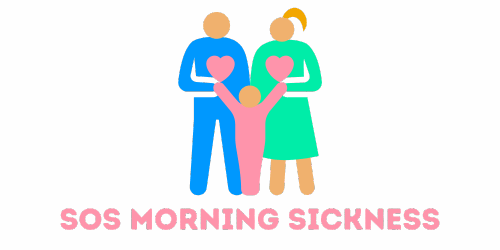Lost in the sea of apps and files on an iPhone? It happens to the best of us. One minute you’re downloading that must-have app, and the next, it’s vanished into the digital abyss. But fear not! Retrieving those elusive downloads is easier than finding a cat video on the internet.
Table of Contents
ToggleUnderstanding Downloads on iPhone
Retrieving downloads on an iPhone becomes convenient with some understanding of types and locations of these files.
Types of Downloads
Users experience various types of downloads on their devices. Apps represent primary downloads that enhance functionality. Music, podcasts, and videos also count as popular media downloads. Documents and images provide essential files for personal or professional use. Email attachments come in handy when accessing important content. Each category of downloads serves specific user needs and should be easily navigable.
Common Download Locations
Downloads can be found in distinct locations throughout the iPhone. The Files app serves as a centralized hub for all document downloads. In the Photos app, images and videos appear automatically after download. iTunes allows for music downloads to be accessed directly. App downloads generally link to the home screen, ready for immediate use. Safari stores downloaded files in a dedicated folder, simplifying the retrieval process for all internet-based downloads. Each location plays a crucial role in file management on the device.
Methods to Retrieve Downloads

Retrieving downloads on an iPhone involves knowing where to look. Different apps and locations store various file types.
Using the Files App
The Files app centralizes document management. Users can access it by tapping the app icon on the home screen. This app may contain important documents, spreadsheets, and PDFs. Sorting files by date or title simplifies the retrieval process. Searching for specific files using the search bar saves time. iCloud Drive integration allows access to files stored in the cloud. Storing downloads in iCloud also enables cross-device accessibility.
Checking Safari Downloads
Safari automatically manages internet downloads. To check these, open the Safari app, then tap the download icon at the top right corner. Users find a list of downloaded files here. Tapping on a specific item opens the associated app or document. The “Downloads” folder provides an organized view of these files. Users may also find these under the Files app in the “Downloads” section. Understanding download locations ensures easier tracking of important files.
Third-Party Apps for Download Management
Third-party apps can significantly enhance download management on an iPhone. These applications offer additional features that complement the native options, providing users with more control over their files.
Popular Download Manager Apps
Numerous download manager apps cater to various user needs. Documents by Readdle stands out for its comprehensive file management capabilities and integration with cloud services. My Files offers a user-friendly interface for organizing downloads and accessing files. Total Files provides a robust suite of features, including a built-in media player and document viewer. These apps streamline access to a wide range of downloads, making it easier to manage everything from documents to videos.
Features to Look For
When selecting a download manager app, certain features enhance the experience. Search functionality simplifies locating specific files quickly. Cloud integration allows users to access and store documents from multiple sources. A user-friendly interface promotes effortless navigation through downloaded content. Tagging and categorizing options assist in organizing files systematically. Additionally, support for various file types ensures compatibility with different media formats. Prioritizing these features results in a more efficient download management solution.
Troubleshooting Download Issues
Users may encounter various download issues on their iPhones. Understanding common problems helps in resolving them quickly.
Common Problems and Solutions
Slow download speeds can frustrate users. Ensuring a stable Wi-Fi connection often resolves this issue. Missing downloads typically occur due to interruptions in downloading. Users should check the device’s download manager for pending files. If an app fails to download, restarting the device frequently corrects the problem. Incomplete downloads might happen due to low storage space. Managing storage efficiently, such as deleting unnecessary files, helps reclaim space for new downloads.
When to Reset Settings
Resetting settings can help restore optimal performance on an iPhone. Users should consider this step after trying other troubleshooting methods. Misconfigured network settings can disrupt downloads. Resetting these settings restores factory defaults, which can improve connectivity. If the device frequently crashes during downloads, a reset may offer relief. Data loss is minimal since personal files remain intact. Performing a reset might seem daunting, but it can remedy persistent issues effectively.
Retrieving downloads on an iPhone doesn’t have to be a daunting task. With a clear understanding of where files are stored and how to access them, users can quickly find what they need. Utilizing the Files app for documents and Safari for internet downloads can streamline the process significantly.
Third-party download manager apps also offer enhanced control and organization for users. By selecting an app that meets individual needs, managing downloads becomes even more efficient. When troubleshooting issues, simple steps like checking Wi-Fi connections or resetting settings can restore functionality. By mastering these strategies, iPhone users can ensure they never lose track of their important downloads again.








